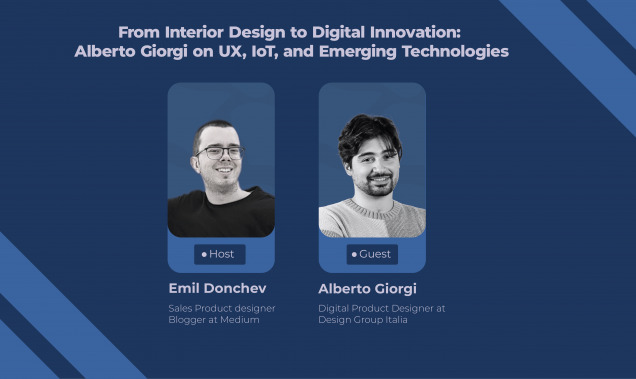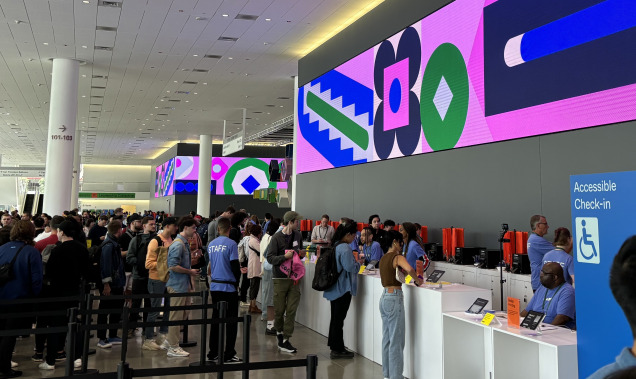Physical Revolution in the Digital World?
The history of watches can help give perspective to the disruption that AI and Connected objects are creating today, writes Creative Director Chris Miller.
I have a collection of ’70s and 80’s digital watches. One of my favourites, however, is a jump hour made by Lucerne, a Swiss manufacturer. It is a mechanical wind-up watch, but instead of the classic watch face, the time is shown in numbers in a small central display. Significantly, the word digital appears in the bottom right-hand corner of the dial.
The story behind why these watches came into fashion in the 1970s is a fascinating example of the effects of disruptive technology on a given industry. It’s even more interesting to trace what happened next, given the disruption that Ai and Connected objects are causing today.
In the early 1970s, around 50% of all wristwatches were produced in Switzerland. However, since the 1960’s Seiko had been miniaturising the electronic movement based around a quartz crystal oscillator, introducing the first electronic wristwatch in 1969. This still had an analogue dial, but a few years later LED and LCD digital dials that seemed to come straight from science fiction appeared, changing the watch industry forever. This was a real disruption, today referred to as the Quartz Revolution or Quartz Crisis in Switzerland.
This spelt disaster for the part of the Swiss watch industry based on mid-priced mechanical movements. One of the reactions was to propose jump-hour watches. Might be wind-up, but looks just as modern as the new LCD watches! Or maybe not. They still weren’t as accurate, had to be wound up, and maybe cleaned and serviced every so often. Above all, they weren’t the latest technology. Soon, electronic digital watch manufactures began to further develop their products – bringing in features impossible to even consider for a mechanical watch. Calculator, timer, world time, 5 alarms, solar power. By the 1980’s the list of features had become even longer. TV watch, anyone?
However, electronic LCD display watches were effectively too good and too cheap, bringing accurate watches within reach of everyone, as all technology does eventually. One area where these electronic watch producers could not compete was the luxury market. Here Swiss watches kept the pleasure and exclusivity of analogue timepieces alive.
It’s interesting to note that today, the Swiss watch industry has become once again the most important in the world. In 2015 28.1m Swiss watches valued at 21.5 billion Swiss francs were sold. How did they do it?
One simple concept – if you can’t beat them at their game, look at what your unique strong points are and build from there. From that approach was born Swatch Group. It took the reliability of the quartz technology, mixed with a truly revolutionary concept for manufacturing that nearly halved the number of moving components, and a minimalist design with an analogue dial, to create a product that sold for CHF 50. The “killer app” was using famous artists and graphic designers to offer consumers a range of extremely contemporary designs. The exact opposite of the function-filled digital watch. Many consumers began collecting Swatches – in a similar way that people collect luxury Swiss watches. In fact, this comparison is not casual, as the kudos of the Swiss watch as an analogue product was key to the strategy.
Swatch Group today is the largest watch manufacturer in the world.
So, what happened to digital LCD watches? This technology has become specialised in areas where the technology can provide the consumer with unique features not easily replicable with analogue watches, for example, sports. Some producers, such as the Finnish brand Suunto, have brought in beautiful designs, but even they are sports-driven in concept.
Interestingly, the latest disruption, namely the smart-watch, is likely to cause more problems for the digital watch industry, due to the overlapping of offerings. Essentially, the smartwatch is a super digital watch.
We are seeing a similar disruption today with the advent of IoT and AI, and the way products and services are being consumed. Technology democratises everything once it reaches a certain level of development, and at that point, it seems that consumers rediscover the pleasure in owning physical objects that can be once again personal or exclusive.
Vinyl record sales are at their highest for 25 years, and e-book sales are declining. These facts are often reported as if there is a battle between formats to be won, for example, it was predicted that e-books were going to bring about the end of the printed format, but the latter is now fighting back. Instead, it seems that there is space for both formats, but there is not yet a standard term to describe a product that is in some way the opposite of the high-tech, digital, smart consumer product that does not use a term that is negative.
The role of the designer is to create products that are both functional and emotional. But it seems that the world of consumer products could actually be divided into two categories, based on the consumer’s perception – “service” and “emotive”.
Service products are those that use technology to give functionality, but are essentially destined to become obsolete, and are perceived as something almost transient in the life of the consumer.
Emotive products are those with which offer more intangible qualities. They are products that don’t become obsolete, but “age” instead.
I don’t want to come across as the hipster designer that only believes in vintage. On the contrary, it’s a great time to work in design, with connected and smart objects providing a whole new dimension in which we can work. The challenge in recent years has been how to balance this new dimension with the others that define how we perceive a product. The technology available today seems to make anything possible, and so we don’t need to ask if we can do something, but if we should.
This is what fascinates me about early electronic digital watches – it was a moment of disruption that lead to a short era of incredible creativity and innovation, and I think that people will look back at this moment in the same way.
Chris Miller spoke about product design for connected objects at Frontiers Conference 2017 Milano earlier this autumn.





